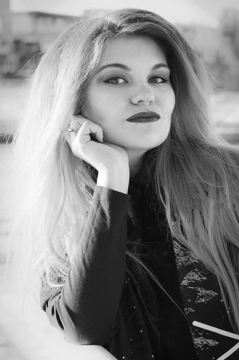Marilyn Burnett is a graduate student in the Master of Arts in Art History and Graduate Certificate in Museum Studies program. This summer, Marilyn worked with a team of graduate students and Dr. Heather Shirey to research street art across several major metropolitan areas in the United States.
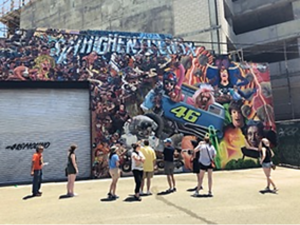
Los Angeles Art District. Photo by the author.
In the summer of 2018, I joined three other Art History graduate students and Dr. Heather Shirey to complete an independent study course investigating street art across the United States. We decided to do comparative research on street art by visiting some important hubs of street art in the United States, sometimes traveling together and sometimes separately. We started by investigating street art in our own city, St. Paul. We then visited Los Angeles together, and I ventured off to Denver on my own. The journey of learning about the art movement of graffiti, street art, and urban murals was a fascinating discovery of self-expression, placemaking, ambition, and profit.

Denver RiNo Arts District, Photograph by the author.
Graffiti started in the 1970s and 1980s as a form of rebellion against capitalism and coincided with the establishment of a subculture of rebellious youth in the crumbling inner cities. The sheer repetition of a writer’s signature or tag proclaimed individual worth and recognition, and tagging evolved into a competition for recognition and fame based upon risk, location, and artistic talent. The exaggerated lettering is generally intended to be understood by an internal audience, and so tags may be seen as exclusive to the crews and writers of the street, as the casual observer usually cannot decipher them.

Street Art Independent Study class in LA: Kira Lipinski, Floris Lafontant, Gustavo Castillo, Theresa Nelson, Marilyn Burnett. Photo by the author.
Next, let’s consider forms of street art that, like graffiti, are produced by illegal means, taking the form of images as an irreverent voice against capitalism and the establishment. This type of street art is inclusive because the sometimes political and subversive messages are intended for the casual passerby. Street art is contextual with necessary elements like location on the street and painting within the human scale to confer to the viewer the skill and risk of the painter and create a human connection. Its illegal nature allows for complete freedom of expression and also the potential for revision. The traditional rules of street art hold that other street artists add, respond or delete existing street art as part of a conversation balanced by a respect of established artists on the street. The risk of illegal art is part of the intrigue, and also becomes payment for the lack of external control regarding the subject matter or quality of the art.

LA Miracle Mile area. Photograph by the author.
Sanctioned murals, on the other hand, are generally commissioned, placed in the public realm, and therefore encounter control of content at several levels. The policies of the city, the property owner, the commissioning body and the funding body can all provide restrictions on content. There is a belief by ‘street art purists’ that sanctioned street art is the enemy of the spirit of street art. They claim painting for payment is unadventurous and a ‘selling out’ of the fundamental principles of street art. The reality is that Street Art festivals are wildly popular events across the world which foster paid urban murals labeled as street art. Urban developers capitalize on ‘creative districts’ and street art festivals which gentrify aging neighborhoods but also can raise property values and displace low-income families. Social media has provided a path to fame or invisibility in the glut of images online. Disdained by traditional street art, the internet is part of the future and provides opportunities for artist and individual interpretations. The lines of traditional street art are blurred and scholars and leaders in the street art world debate the next phase for the genre.

Denver RiNo Arts District. Photograph by the author
One mural located in St. Paul, Minnesota proved to be the perfect negotiation of a sanctioned mural that respects the local community and its sponsors, yet challenges the status quo and calls out the stereotypes and struggles of the Hmong American community. The Saint Paul Mural Project was curated by the Minnesota Museum of American Art and funded by a Knight Challenge grant in 2017, and I chose to focus on this more deeply for my research

Photo courtesy of the Minnesota Museum of American Art. L to R: Nicollazzi Xiong, Christina Vang, Vanghoua Anthony Vue, Xee Reiter, Shoua Yang, Melissa Vang. Photo: Sarah White.
Vanhoua Anthony Vue is an Australian artist who identifies with his Hmong culture. Vue was selected for this project by the MMAA and wanting to be inclusive, he initiated Hmong community discussions and incorporated local Hmong artists into the project. The mural on the Jackson Street parking structure, Flows of Interconnected Motifs, recalls traditional Hmong story cloths. Vue painted a colorful camouflage background upon which the local artists painted a personal motif representing the Hmong-American experience. The image is powerful as the camouflage veils the Hmong stories of misrepresentation and invisibility in plain sight.

Flows of Interconnected Motifs. St. Paul, MN. Photo by the author.
Honeybees and Poppies is a motif by Xee Reiter. The work references underlying tensions between Laos as an opium producer and the opiate crisis in the United States. Laos has a long history as a place of violence and war and displaced many Hmong farmers. Reiter gives a cultural nod to their survivalist nature and ability to thrive in areas of diaspora.

‘Honeybees and Poppies’ motif by Xee Reiter. St. Paul, MN. Photo by the author.
The Jackalope is an illustration by Christina Vang. Her mythical creature is typical of oral Hmong folklore. The jackalope represents Hmong stereotypes of being both feared and a pest. She references the 2004 case where Chai Vang was convicted of shooting 6 people after they confronted him and hurled racial slurs for his hunting on private property. The murder of 6 people was tragedy mixed with racial tensions. An MPR story indicates cultural misunderstandings of private property, hunting seasons and that the Wisconsin hunting rules are not available in multiple languages.

‘The Jackalope’ motif by Christina Vang. St. Paul, MN. Photo by the author.
Healer is a motif by Melissa Vang. The depiction of a woman with herbs and leaves in her hair is inspired by the Hmong women who have generationally passed down the knowledge of how to ease pain with plants and herbs. This motif honors Hmong cultural healing but is reminiscent of opium pain-killing properties. Possibly linking the commodification of this innate healing knowledge to companies who financially benefit from this ancient practice without reciprocation to the women who possess the knowledge.

Photo courtesy of the Minnesota Museum of American Art. ‘Healer’ motif by Melissa Vang. St. Paul, MN. Photo courtesy of the artists.
Wood Frogs is a creation by Shoua Yang. Yang feels that wood frogs represent the Hmong people and their amazing ability to adapt. The wood frog is known for the adaptations which allow its body to actually freeze in hibernation. The frog might also be a metaphor for the suffering that the Hmong have survived. Frogs have a special meaning in Hmong spirituality for initiating a curse which brought suffering and restricting man’s access to the spirits and the Otherworld.

Photo courtesy of the Minnesota Museum of American Art. ‘Wood Frogs’ motif by Shoua Yang. Photograph courtesy of the artists.
The collaboration required between the Hmong community, the MMAA and the Saint Paul community proved to be positive. As part of the community discussions, museum personnel were asked to bow out of some gatherings in order to create Hmong-only spaces, fostering an environment of trust and sharing of authority. Courtney Gerber, a curator at the MMAA, told me that this experience impacted how the museum “as a white-led organization, thinks about community-based partnerships” and better understands the requirements for healthy relationships from both sides. In response to artistic freedom, Vue stated that he felt no limitations to his artistic freedom from the MMAA or the Knight Foundation: “Although there is subversion and mistranslation inherent in the works, the collaborating artists and I have also been mindful of what is appropriate for such a project.”
The next chapter of street art is appearing in the form of sanctioned urban murals. They share the street with traditional street art and can share the power of their message through a call for documentation versus the alternative definition of wallpaper. The St Paul Mural project can serve as an example of community building, respect, giving voice to the struggles of a displaced people and for white-led institutions to hear them.



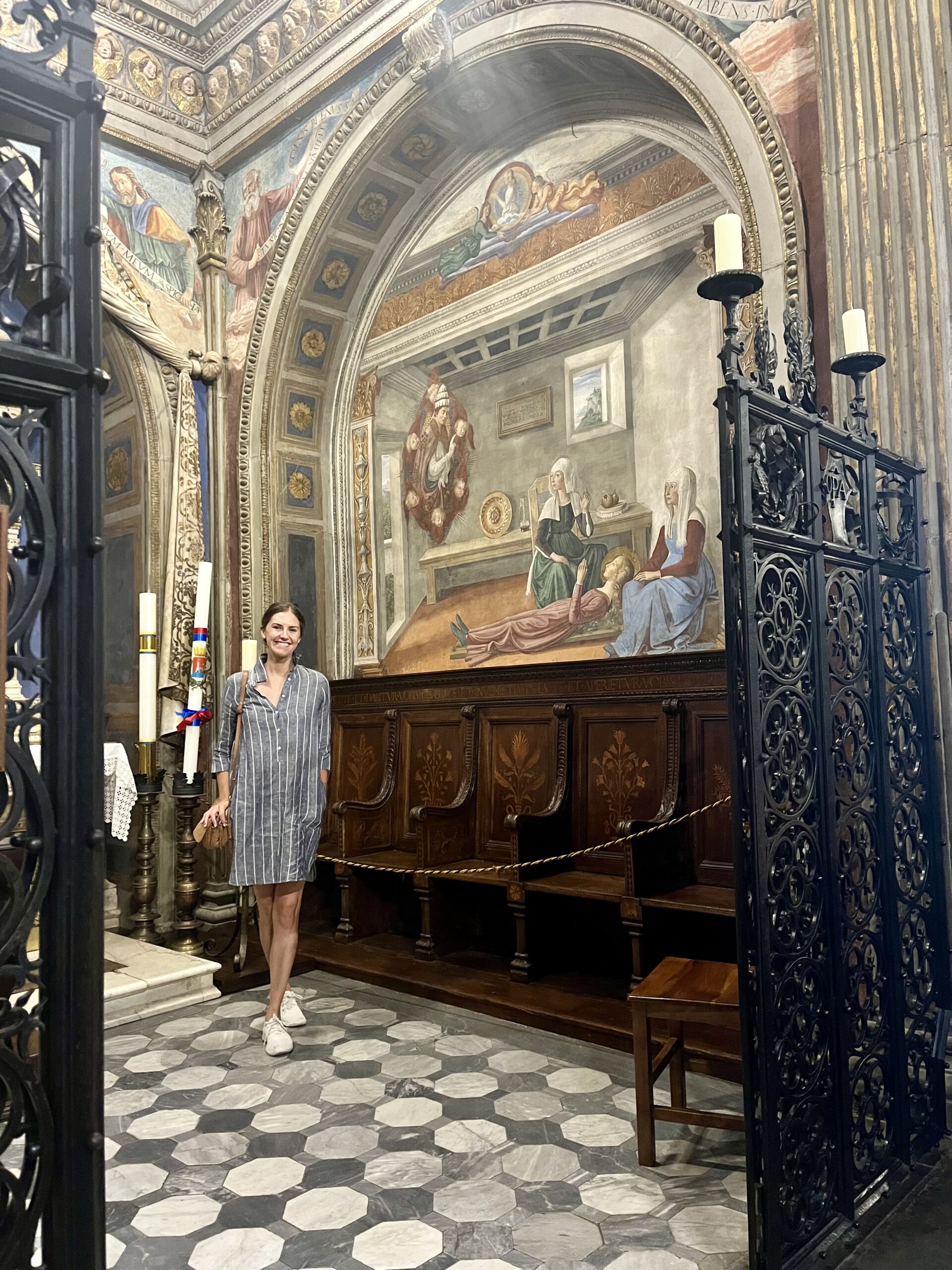
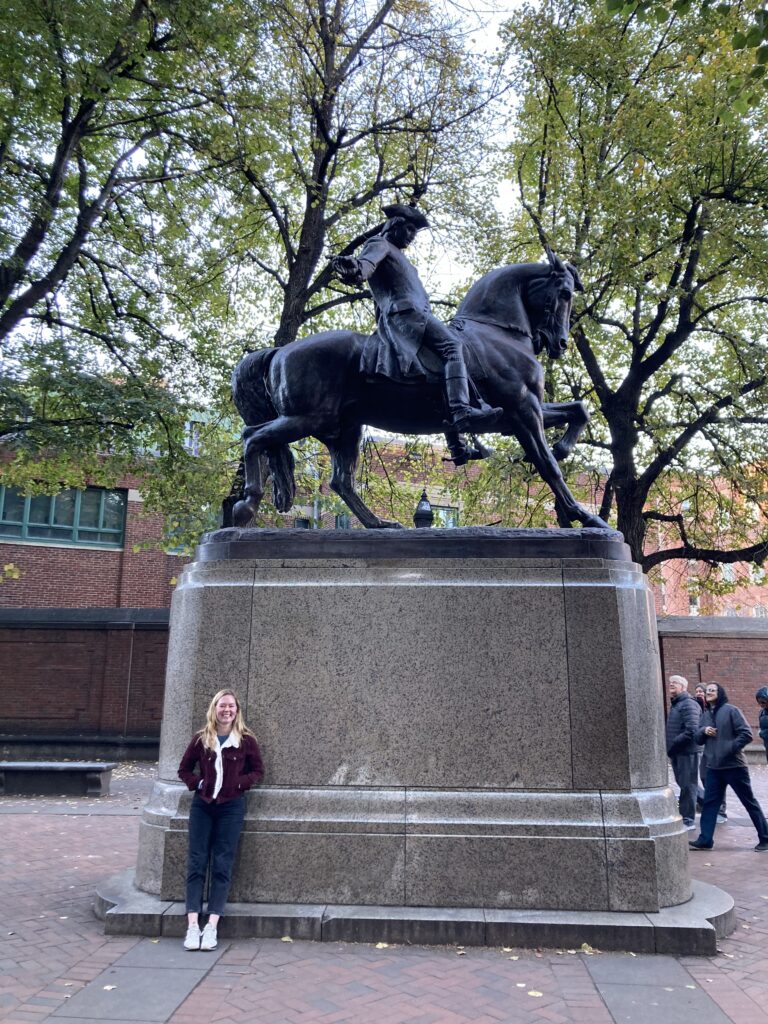
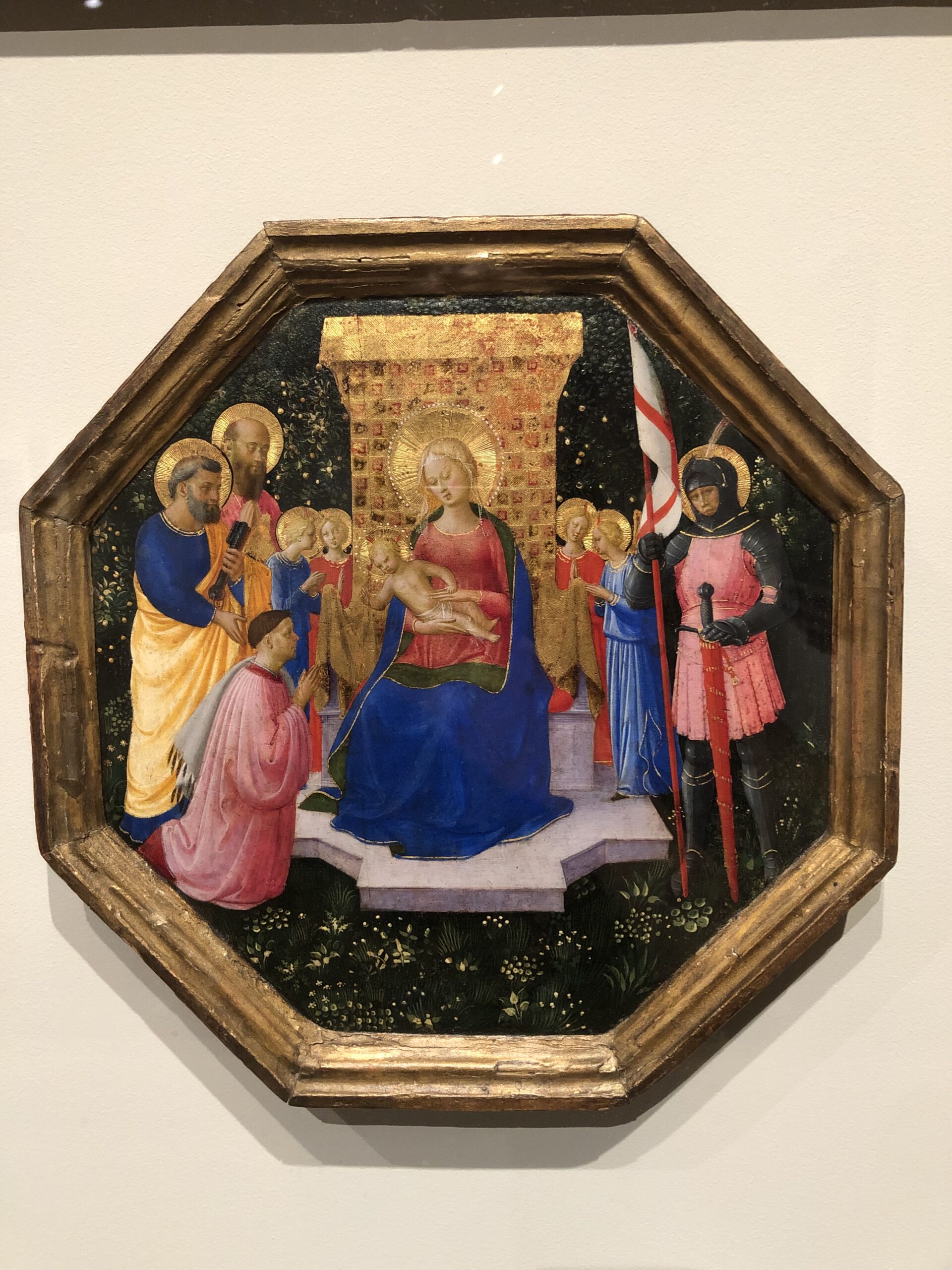
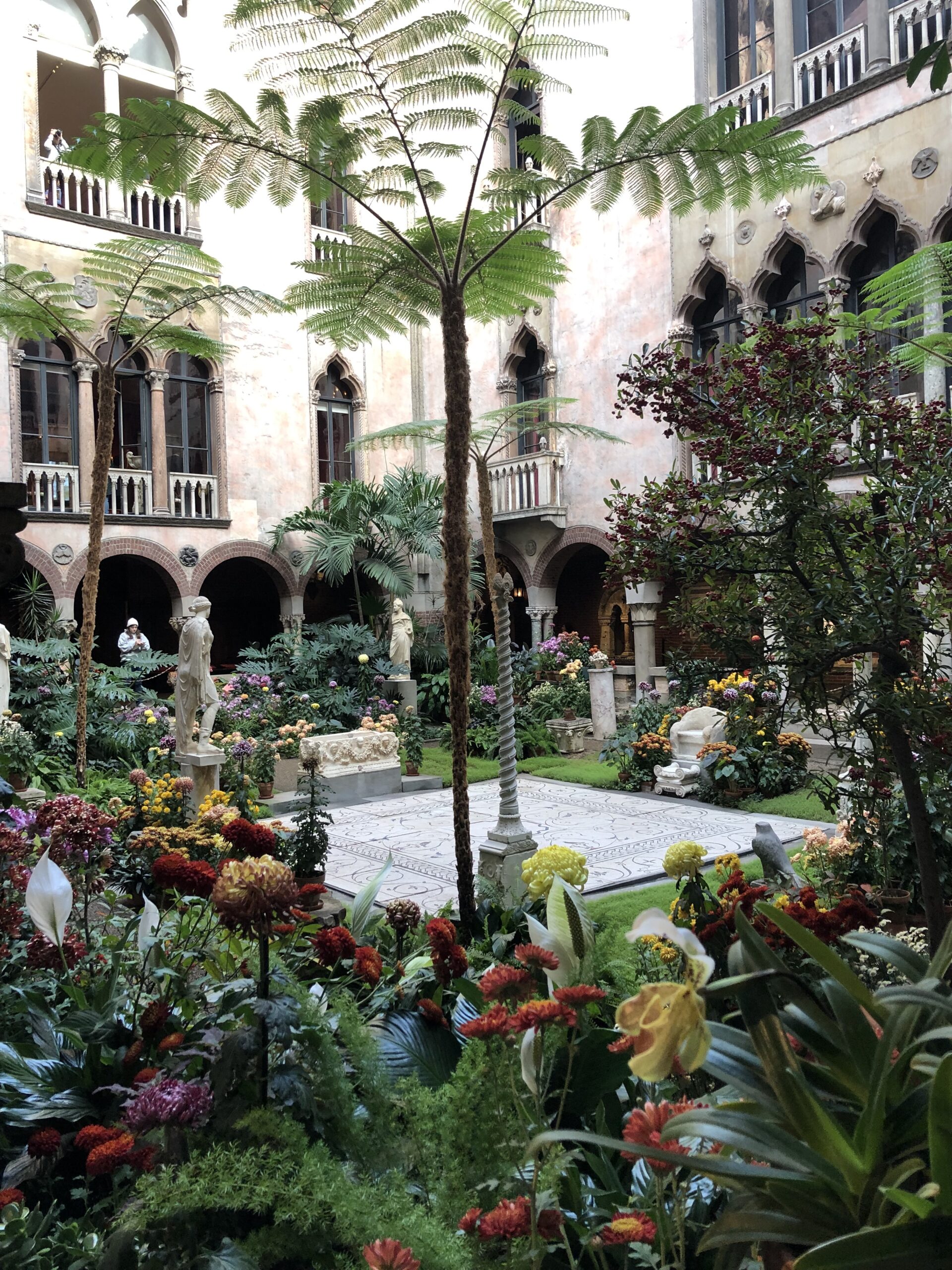
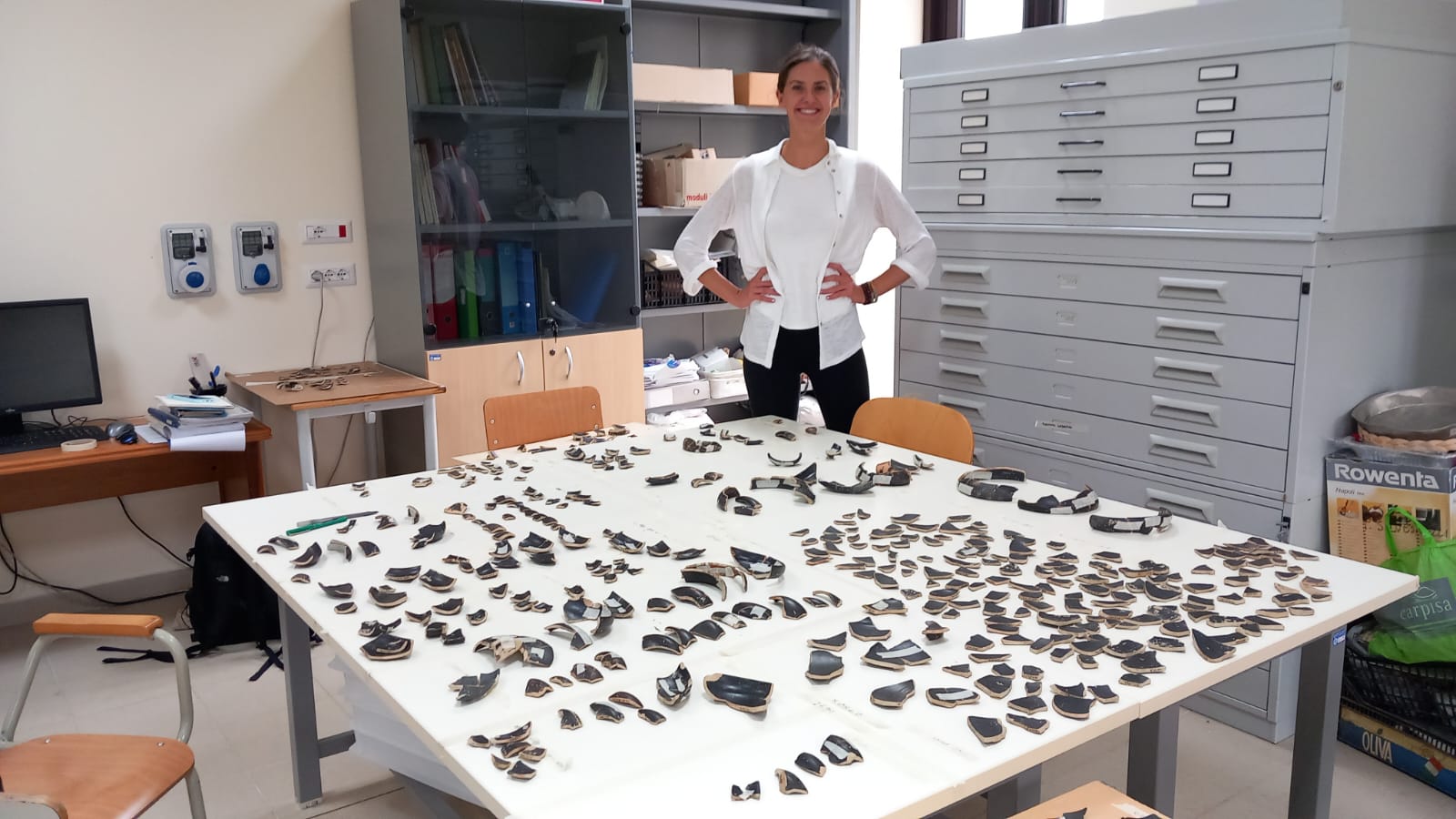
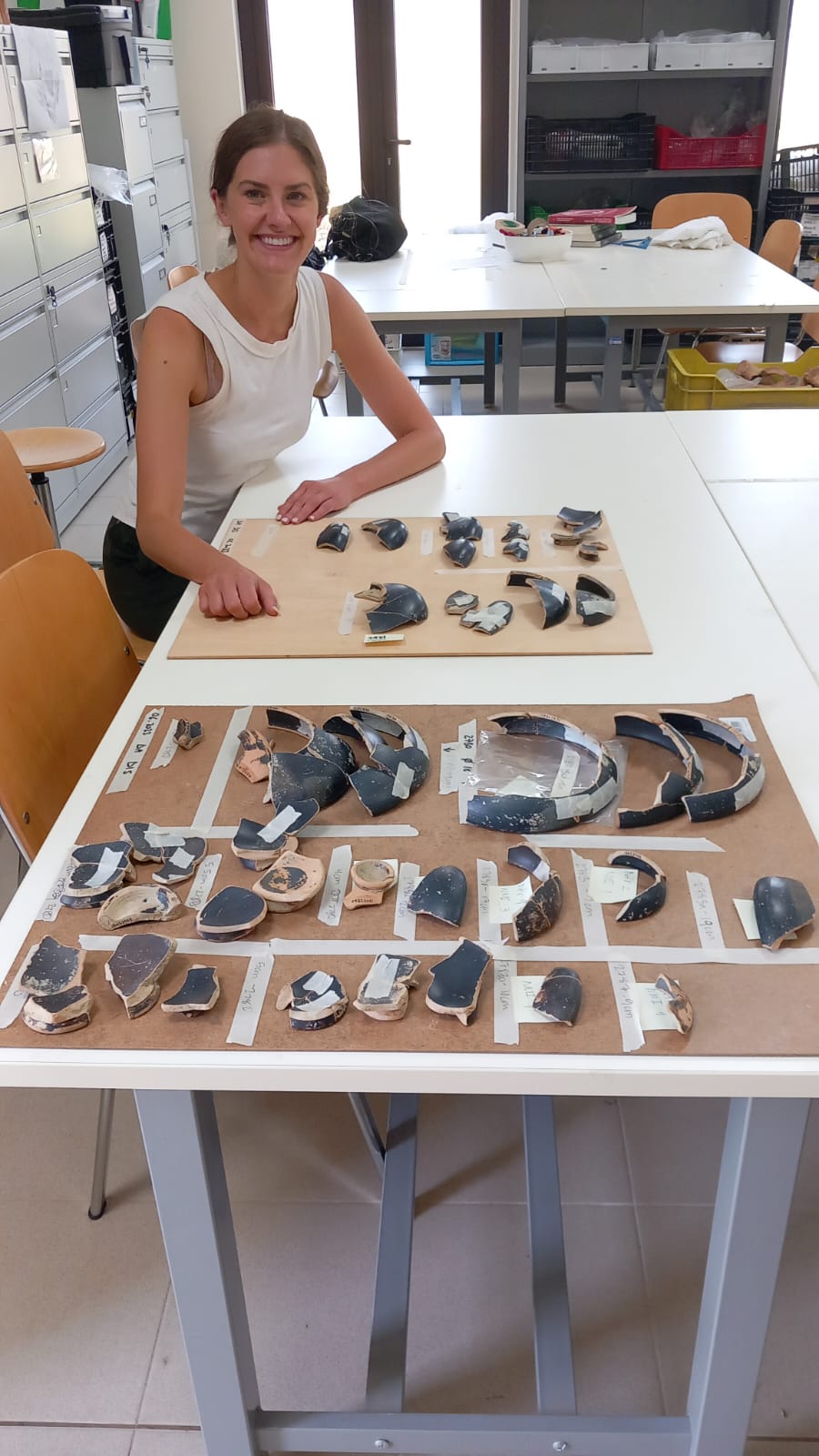
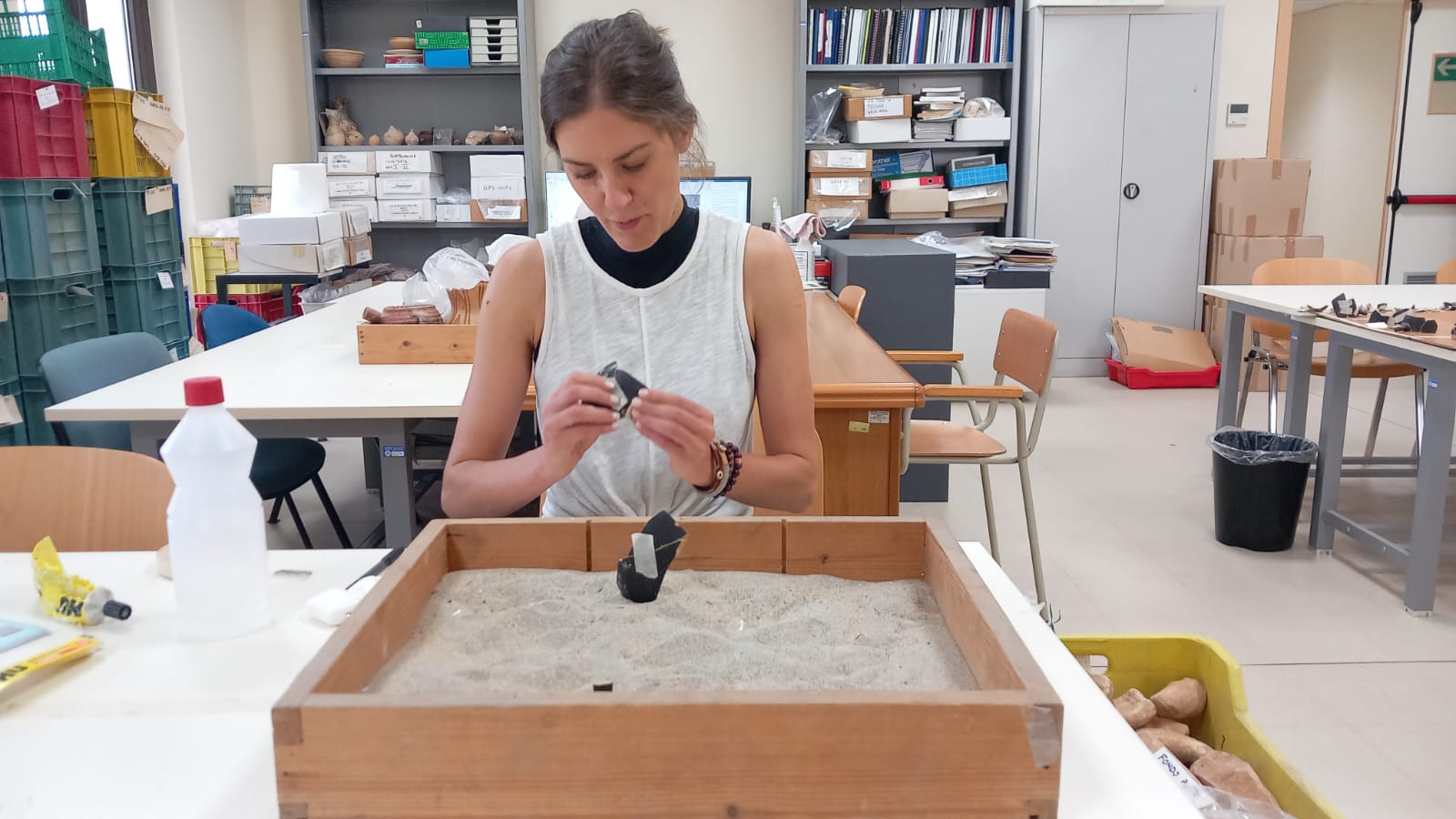
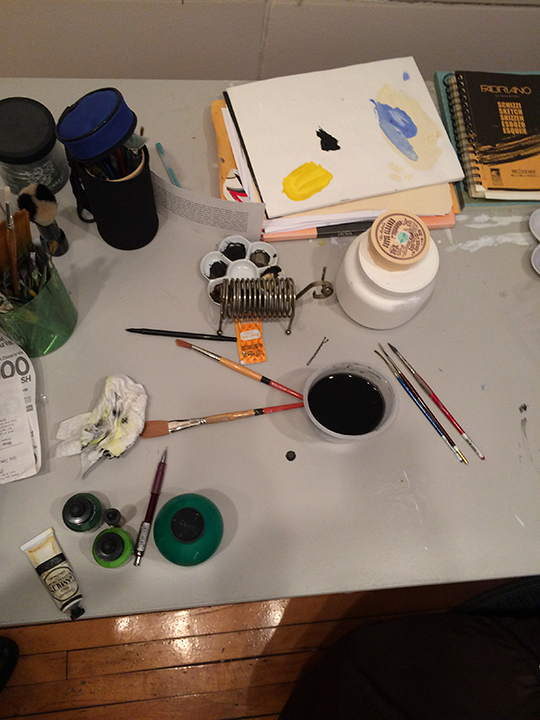
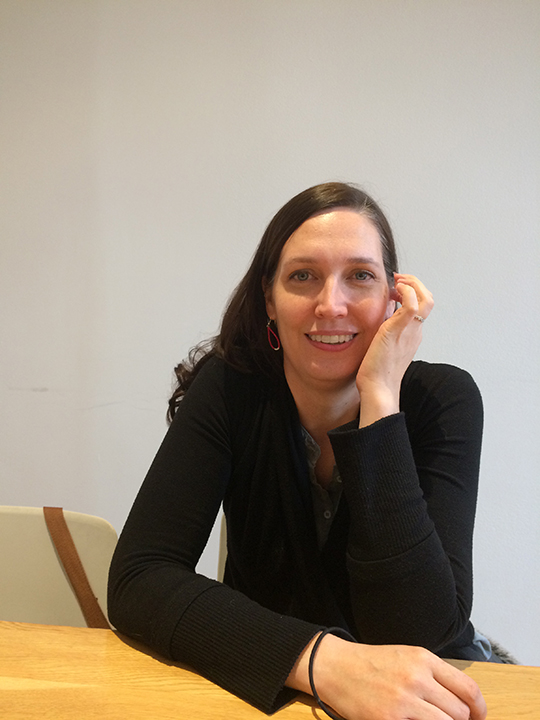
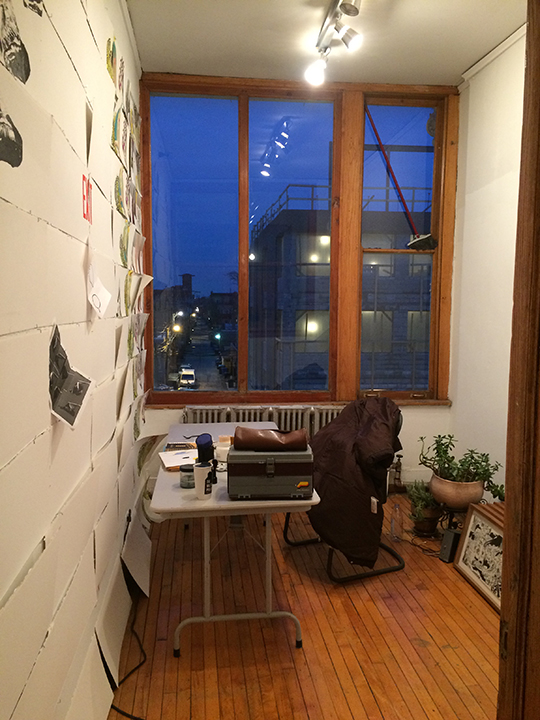
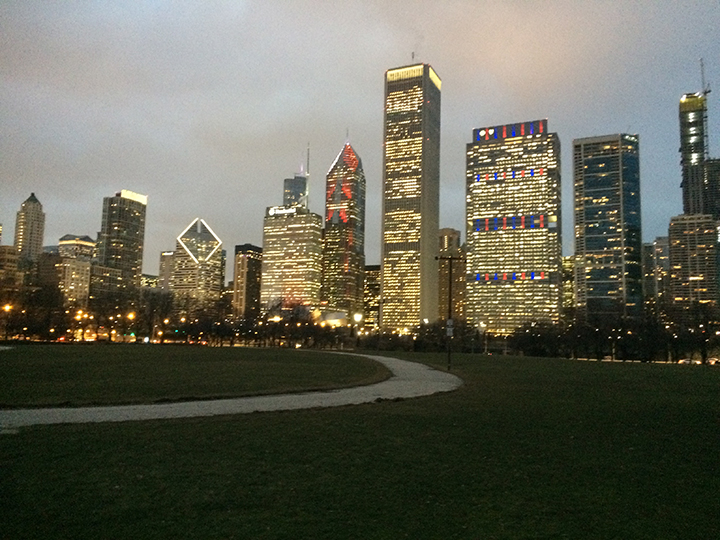
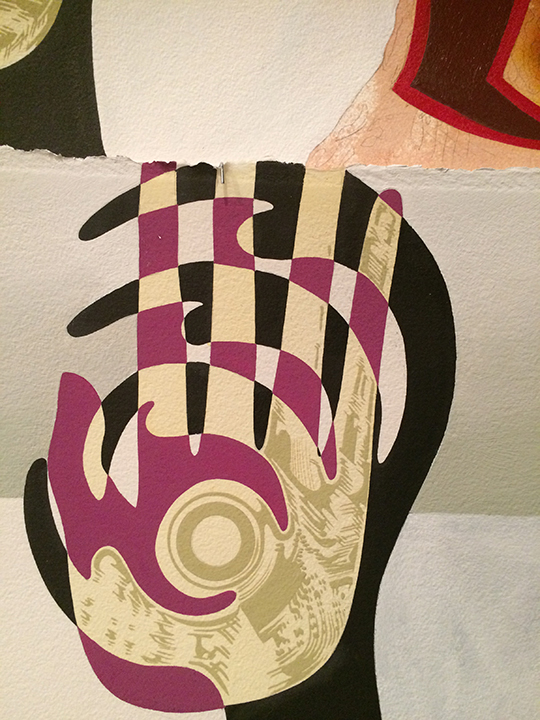
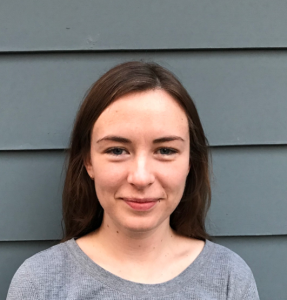 Abby Slawik is currently in her first semester in the Non-Degree Program in Art History. She is enrolled in Imaging the Other: Representation of/in Pre-Columbian and Early Colonial Mexico and Peru.
Abby Slawik is currently in her first semester in the Non-Degree Program in Art History. She is enrolled in Imaging the Other: Representation of/in Pre-Columbian and Early Colonial Mexico and Peru.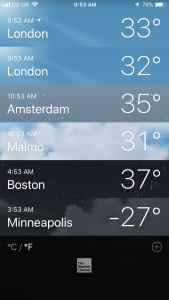

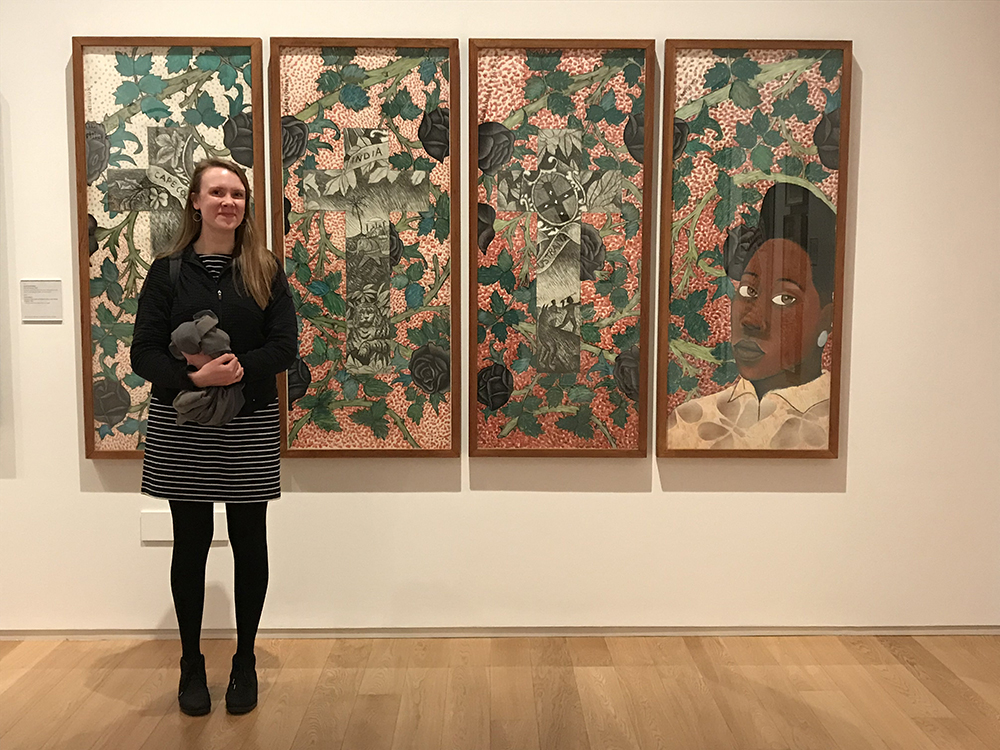
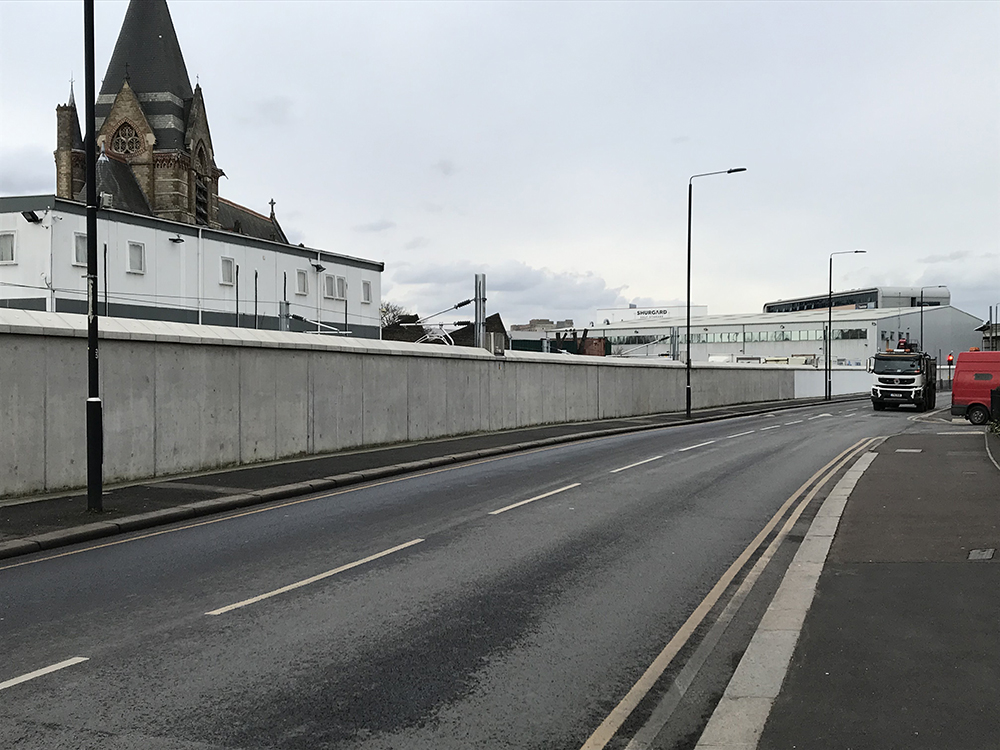
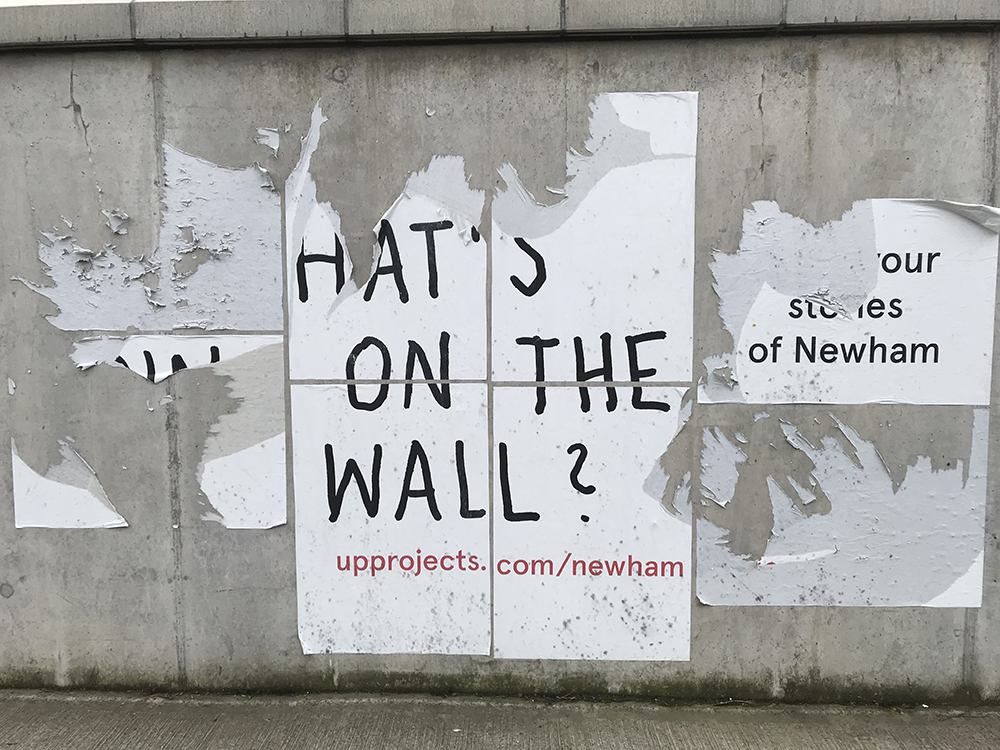
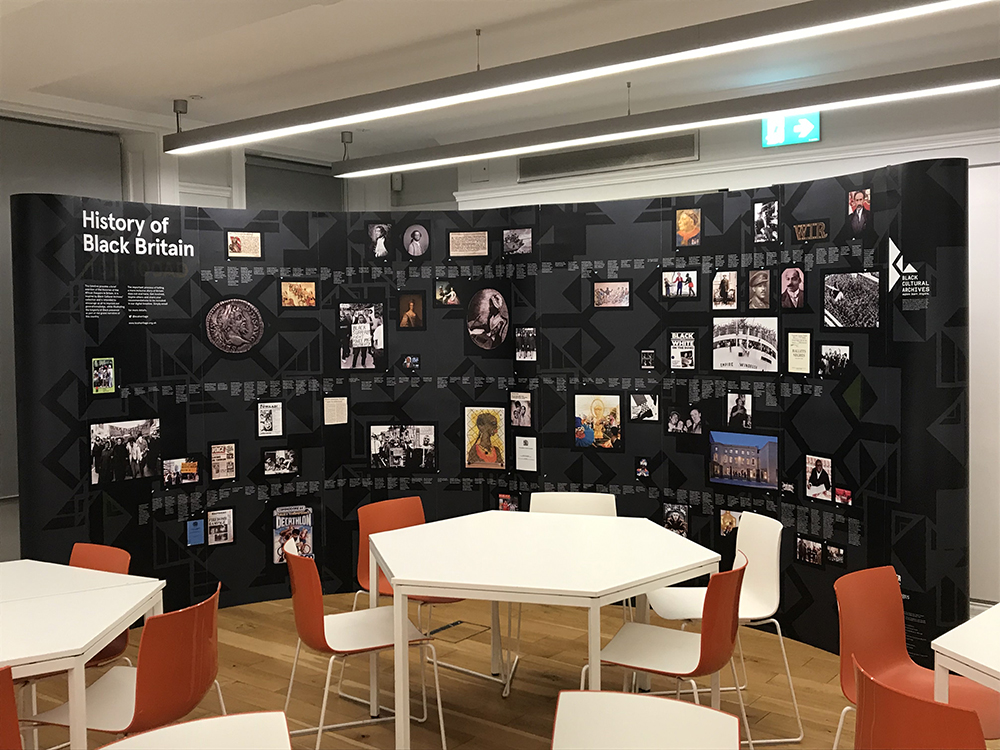
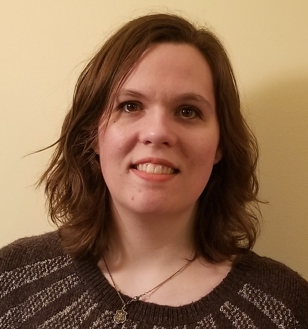 Ann Arntson recently completed her first semester in the Museum Studies Certificate program at the University of St. Thomas in fall 2019.
Ann Arntson recently completed her first semester in the Museum Studies Certificate program at the University of St. Thomas in fall 2019. 










